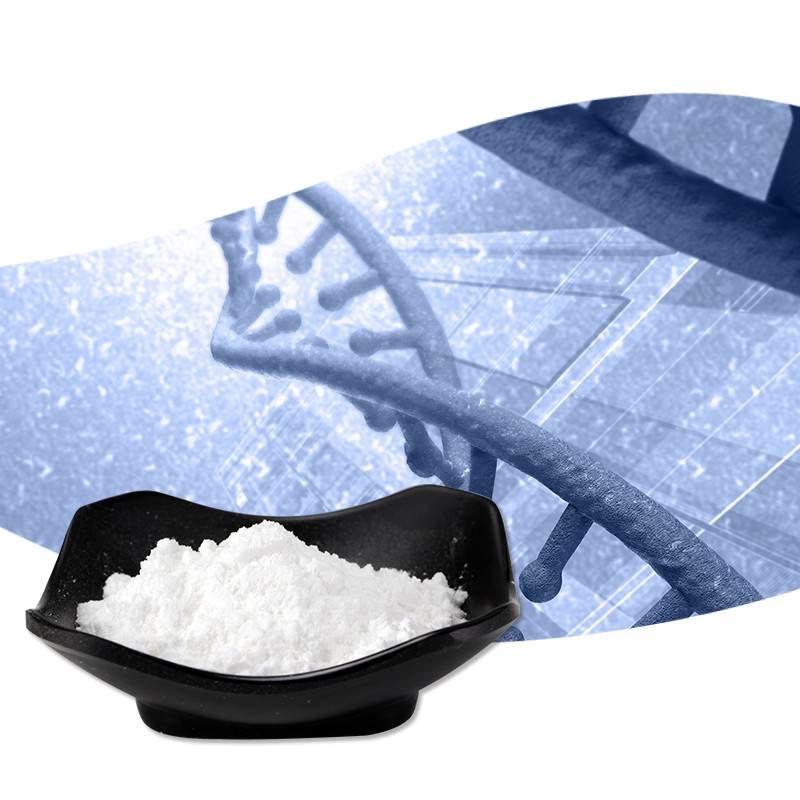Introduction to PCR experiment principle and reaction elements
Polymerase chain reaction
First, a brief history of development
Polymerase chain reaction (PCR) is a molecular biology technique used to amplify and amplify specific DNA fragments. It can be regarded as a special DNA replication in vitro. The biggest feature of PCR is that it can Trace amounts of DNA have increased dramatically. Therefore, whether it is the ancient creatures in the fossils, the wreckage of historical figures, or the hair, skin or blood left by the murderer in the murder case decades ago, as long as a little bit of DNA can be isolated, it can be amplified by PCR. Correct. This is also the power of "trace evidence."
In 1983, the United States Mullis first proposed that in 1985 it invented the polymerase chain reaction, namely the simple DNA amplification method, which means the real birth of PCR technology.
Second, the experimental principle
Similar to in vivo replication of DNA.
First, the DNA template to be amplified is heated and denatured, and then the reaction mixture is cooled to a temperature, which can anneal the primer to its target sequence, and then raise the temperature to make the annealing primer under the action of DNA polymerase. Can be extended. This heat denaturation-refolding-extension process is a PCR cycle.
The PCR process is an iterative process consisting of three steps of denaturation, annealing, and extension. The standard PCR process is divided into three steps:
1. DNA denaturation (90 ° C - 96 ° C): double-stranded DNA template under thermal action, hydrogen bond cleavage, forming a single-stranded DN
2. Annealing (refolding) (40 ° C - 65 ° C): The system temperature is lowered, and the primer binds to the DNA template to form a local double strand.
3.3. Extension (68 ° C - 75 ° C): Under the action of Taq enzyme (optimal activity at around 72 ° C), using dNTP as a raw material, extending from the 5' end to the 3' end of the primer, the synthesis is complementary to the template. DNA strand.
Each cycle undergoes denaturation, annealing and extension, and the DNA content is doubled.
Third, the PCR reaction elements:
- DNA template: can be double-stranded, single-stranded, DNA extracted from chromosomes, cloned plasmid DNA,
- Primer: A pair of oligo DNA complementary to the 3' end of the template, allowing amplification of the DNA sequence
- DNA polymerase (Taq DNA polymerase): catalyzes DNA synthesis,
- Buffer: Provides the pH, ionic strength, etc. required for DNA synthesis reactions
- 4 single nucleotides: dNTP, providing DNA synthesis materials
- Experimental Materials
PCR amplification instrument, PCR reaction tube, PCR centrifuge tube, pipette, gel electrophoresis equipment, ice box, centrifuge
Template, PCR primer, Taq DNA polymerase, dNTP reaction buffer, Mg2+, ddH2O.
- PCR reaction system
- DNA-templated reaction system:
Template: DNA102~105 copy
Primer
Substrate: 4 kinds of dNTP
Taq DNA polymerase
Buffer
volume:
- mRNA-templated reaction (reverse transcription PCR)
Template: RNA
Primer: oligo(dT)12~18
Substrate: 4 kinds of dNTP
Reverse transcriptase
Buffer
Other reagents: RNase inhibitor, MgCl2.DTT.
Vitamins are a type of trace organic substances that humans and animals must obtain from food in order to maintain normal physiological functions. They play an important role in human growth, metabolism and development. Vitamins do not participate in the formation of human cells in the body, nor do they provide energy for the human body. Vitamins are a class of organic compounds necessary for maintaining good health.
Our company provides group A vitamins, group B vitamins, B12, etc.

Vitamin Tablet,Food Grade Vitamin,Vitamins For Energy,Water Soluble Vitamins
XI AN RHINE BIOLOGICAL TECHNOLOGY CO.,LTD , https://www.rhinebioteches.com